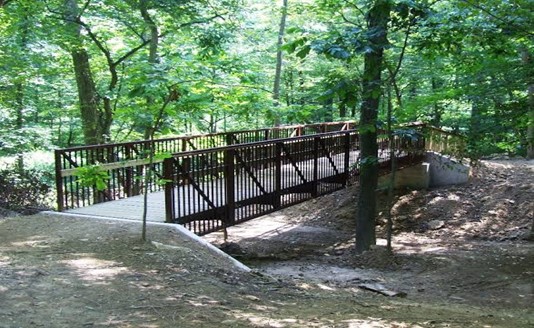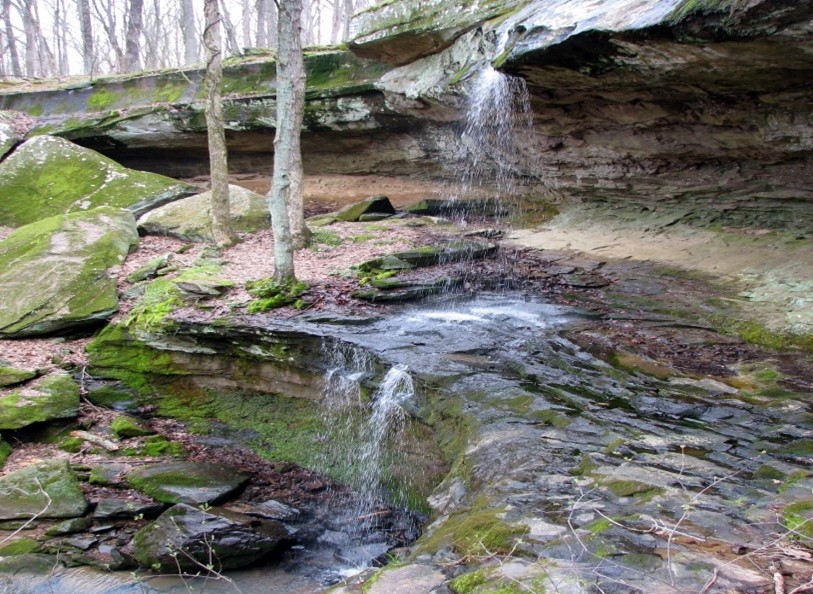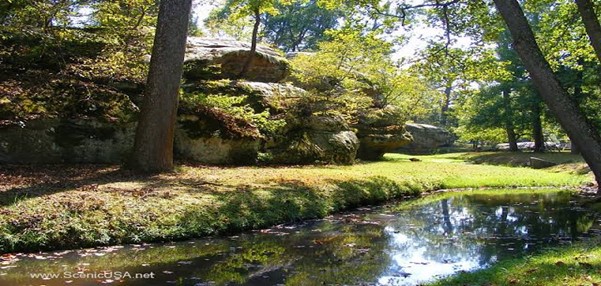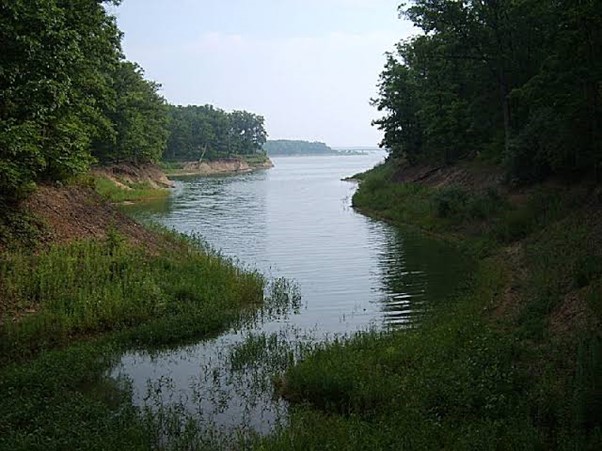Illinois boasts a rich touch of nature, ranging from waterfalls to canyons to natural springs. The reason behind this beauty lies in Illinois geology. It is infrequent for people not to be attracted to such beauty. Native American history can also be a cause for the beauty in Illinois. Natively, the American land had numerous hunting and fishing grounds that are still present up to date. This article will highlight the best national parks near Belleville. The gardens we will mention should be appealing to everyone from children to grandparents.

Tyendinaga Cavern and Caves
The Tyendinaga Cavern is Ontario’s oldest natural cavern. The park sits gracefully on a 60 acres piece of land with several nature trails and lush open fields. It is a family-owned and managed tour destination and has guided tours for more than a decade. The park is located in the Bay of Quinte. The terms conducted by the exploration destination occur every thirty minutes, with a single time taking about 45 minutes to complete. During the time, the visitors can learn about the following.
- 450 million years old fossils
- How the cavern was formed
- How the site is preserved
- Discovery of other caves
- Bay Quinte’s history
- Bats
- And many more
Beall Woods State Park

Beall Woods Park in Illinois is a national park that sits on 635 acres of land that borders the Wabash River and Keenburg in Wabash County. Out of the 257 ha of land, about 133 ha hosts an old-growth forest that Illinois has declared a Natural Area. Most trees growing in this forest are hardwoods of the previous Eastern Woodlands ecosystem. The park, created in 1966, also maintains 6.25 miles of hiking trails. The most popular activities in Beall Woods Park are hunting, picnicking, and fishing. In addition, the visitors also enjoy hiking in Beall Woods’ highly maintained hiking trails.
Beaver Dam State Park

The Beaver Dam Park is found in Macoupin County, about 7 miles southwest of Carlinville. The park rests on 750 acres of land and is situated in oak woodland. The lake became known as a fishing ground in the 1890s. The park hosts several animals due to upland and bottomland, open fields, woods, and farmlands. The most popular activities in the Beaver Dam State Park are fishing, tent camping, hiking, and picnicking.

Crab Orchard National Wildlife Refuge
The Crab Orchard is a National Wildlife Refuge Park sitting on a large piece of land. It is located in the southwest of Williamson County with a small extension in Jackson and the northeastern Union counties of southern Illinois. The park offers resting areas for migrating birds. On the western side of the park, about 24,000 acres, several recreational opportunities exist, including a wilderness, and on the eastern side, host a wildlife sanctuary with restricted public use.
Dixon Springs State Park

Dixon Springs Park is among the many parks found in Shawnee Hills. The park rests on top of a large block of sandstone deposited approximately 350 million years ago. The sandstone had dropped 50 feet along the fault line extending northwest across Pope County. The park sits on a 324-ha piece of land west of Golconda in Illinois. The state made the first land acquisition of Dixon Springs Park in 1946. Some of the facilities at the park are a swimming pool and a water slide. In addition, the park also has two basketball courts, two hiking trails, three horseshoe pits, two volleyball grounds, ten camping sites, and an archery range.
Eagle Creek State Park

The Eagle Creek Park is an Illinois state park sitting on around 11,100 acres of land, just along Lake Shelbyville in Shelby County. Visitors enjoy fun activities at the park, from hiking, picnicking, fishing, etc. The park is generally open from dusk to dawn throughout the month. The schedule is as follows.
- 7 a.m. – 6 p.m. in December and January
- 7 a.m. – 6:30 p.m. in November and February
- 7 a.m. – 7:30 p.m. in October and March
- 7 a.m. – 8:30 p.m. in September and April
- 7 a.m. – 9 p.m. in May
Eldon Hazlet State Park

The Eldon Hazlet Park is a 3,000-acre recreational destination located on the western shore of Lake Carlyle. The park situated 3 miles to the north of Carlyle is best known for its camping facilities. The park offers a wide range of fun activities from camping, bird watching, boating, sailing, hiking, and fishing. In addition, the park also boasts playgrounds offering games such as volleyball and many others. Eldon Hazlet’s campground boasts 327 Class A campsites, 35 Class C campsites, and 2 Rent-camp cabins. It is important to note that most of the campsites have easy access to the water of Lake Carlyle, as the campground resides within about 1.5 miles of the lake’s shoreline.
Ferne Clyffe State Park

The Ferne Clyffe Park is best known for its phenomenal natural scenic spot. The park’s combination of exclusive geological features and uncommon plant communities generates an atmosphere that develops the several recreational services offered at the park. The park sits on 983 ha of land in Johnson County. The state bought the park’s land from Emma Rebman in 1949, and its current managers are the Illinois Department of Natural Resources. The park has trails winding through it to allow its visitors to enjoy breathtaking views. The Ferne Clyffe is everyone’s type of park. Modern youth groups, backpack, or even equestrian campers would enjoy their experience at Ferne Clyffe.
Fort Massac State Park

Fort Massac was built by the government of France in 1757 during the French and Indian war. After a spell of destruction and renovation. Fort Massac became the first-ever state park in Illinois in the year 1908. However, in 2002 it was brought down again, and a smaller 1802 version was erected. Reenactors gather each fall at Fort Massac Encampment. North of the reconstruction lies a visitor’s destination harboring a museum containing Indian artifacts, mannequins, and other exhibits.


